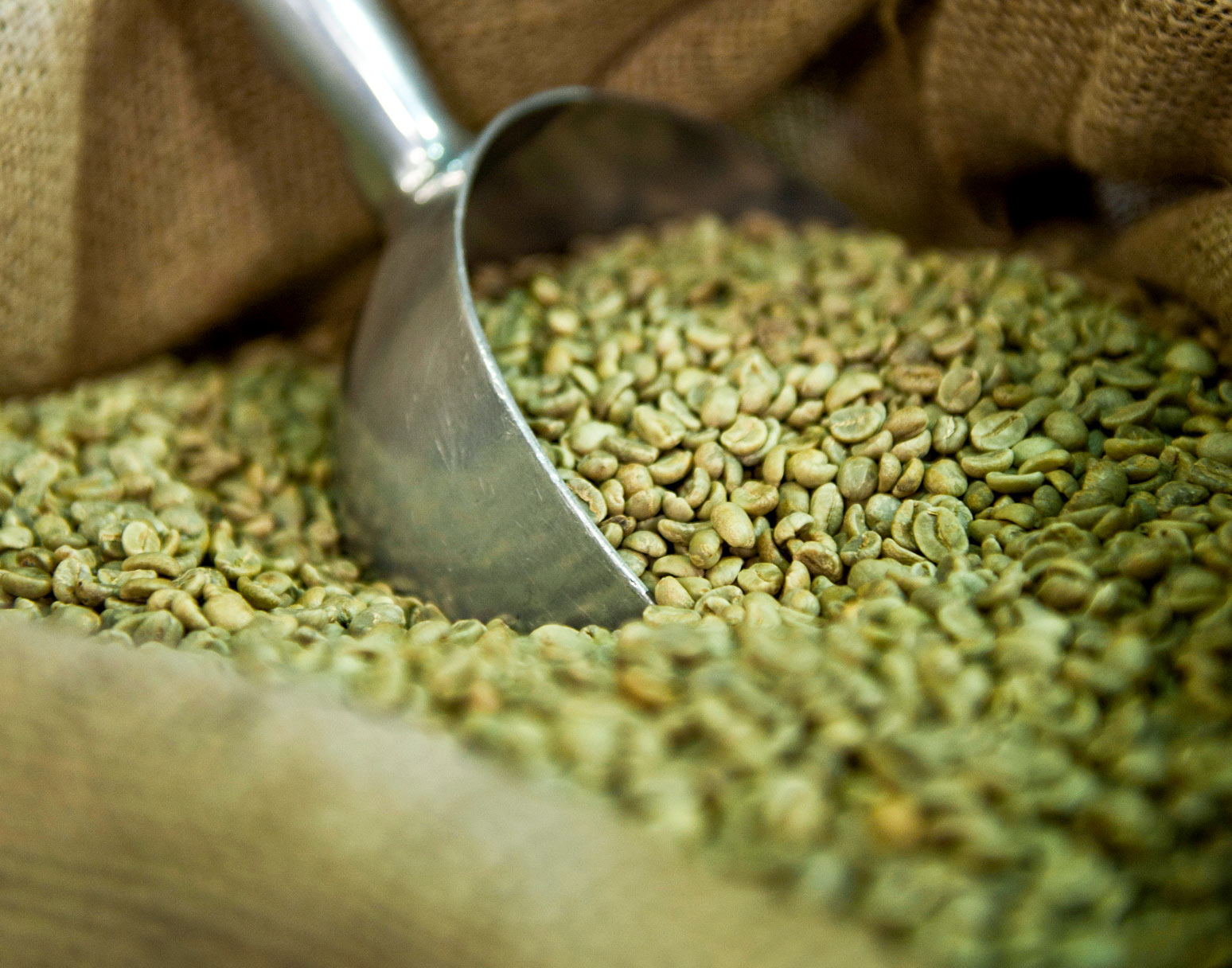The role of coffee in promoting heart health is a topic of increasing interest in the scientific community, particularly regarding the moderate consumption of Arabica coffee. This type of coffee, known for its unique characteristics, contains not only caffeine but also a rich concentration of polyphenols, compounds with significant antioxidant and anti-inflammatory properties.
Caffeine, on one hand, is widely recognized for its stimulating effect, capable of temporarily increasing heart rate and blood pressure. However, the polyphenols present in Arabica coffee offer a positive contrast to these effects. They act by combating free radicals – molecules that, in excess, can lead to oxidative stress and damage cells and tissues, including those of the heart.
Oxidative stress is directly related to the development of cardiovascular diseases, making the antioxidant action of polyphenols of fundamental importance. These compounds protect the heart by neutralizing free radicals, thereby reducing the risk of oxidative damage to heart cells and tissues.
Furthermore, polyphenols play a vital role in reducing levels of LDL, also known as “bad” cholesterol. Since high levels of LDL are associated with the formation of plaques in the arteries, which can lead to atherosclerosis and consequently, to serious heart problems, the ability of polyphenols to lower these levels is of great relevance to cardiovascular health.
Therefore, moderate consumption of Arabica coffee can be beneficial for heart health, providing antioxidant protection, combating inflammation, and reducing “bad” cholesterol. These actions contribute significantly to the prevention of heart diseases, including heart failure. However, it is crucial to moderate coffee intake to avoid the adverse effects of caffeine and make the most of the heart benefits of polyphenols.



